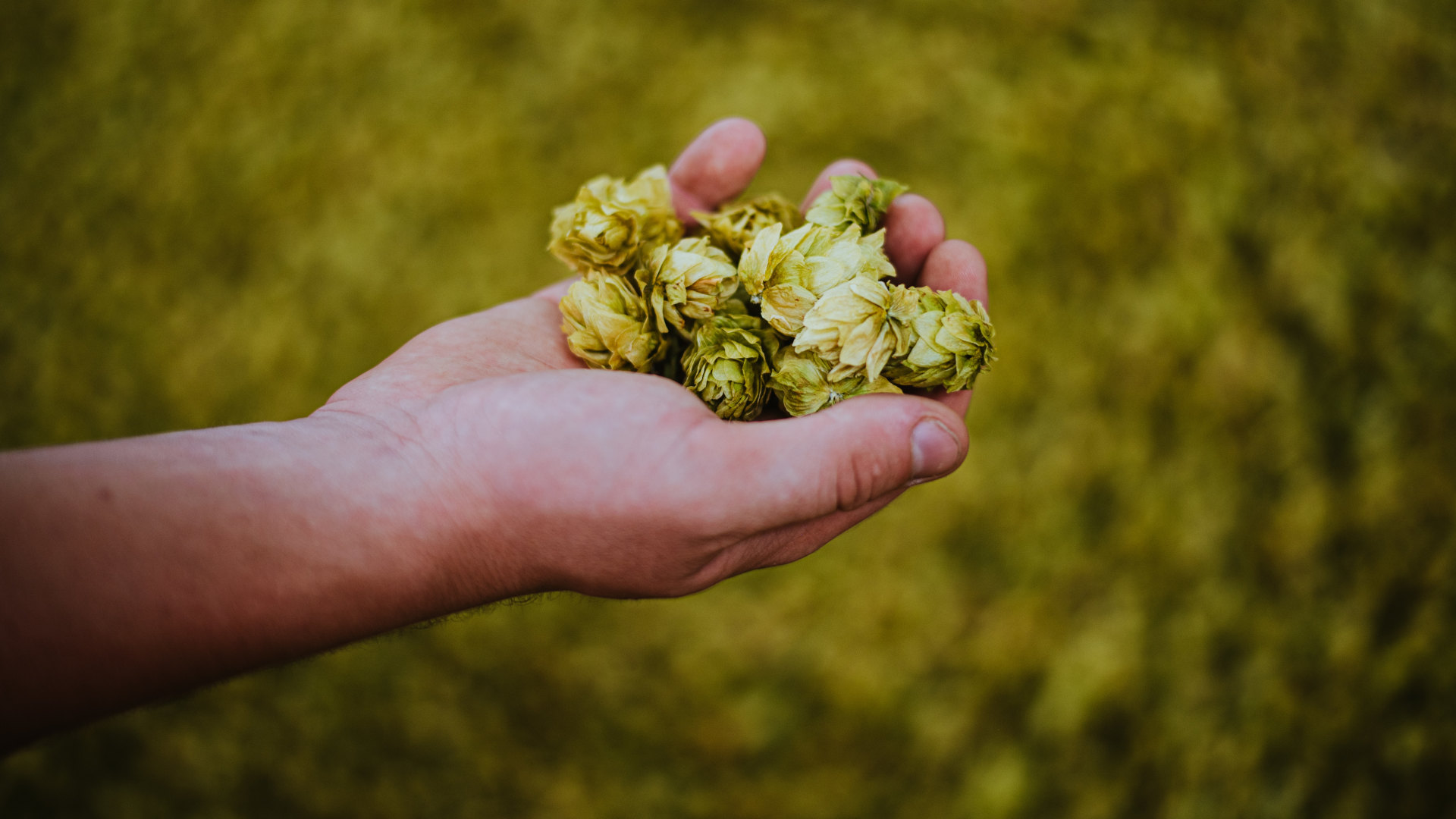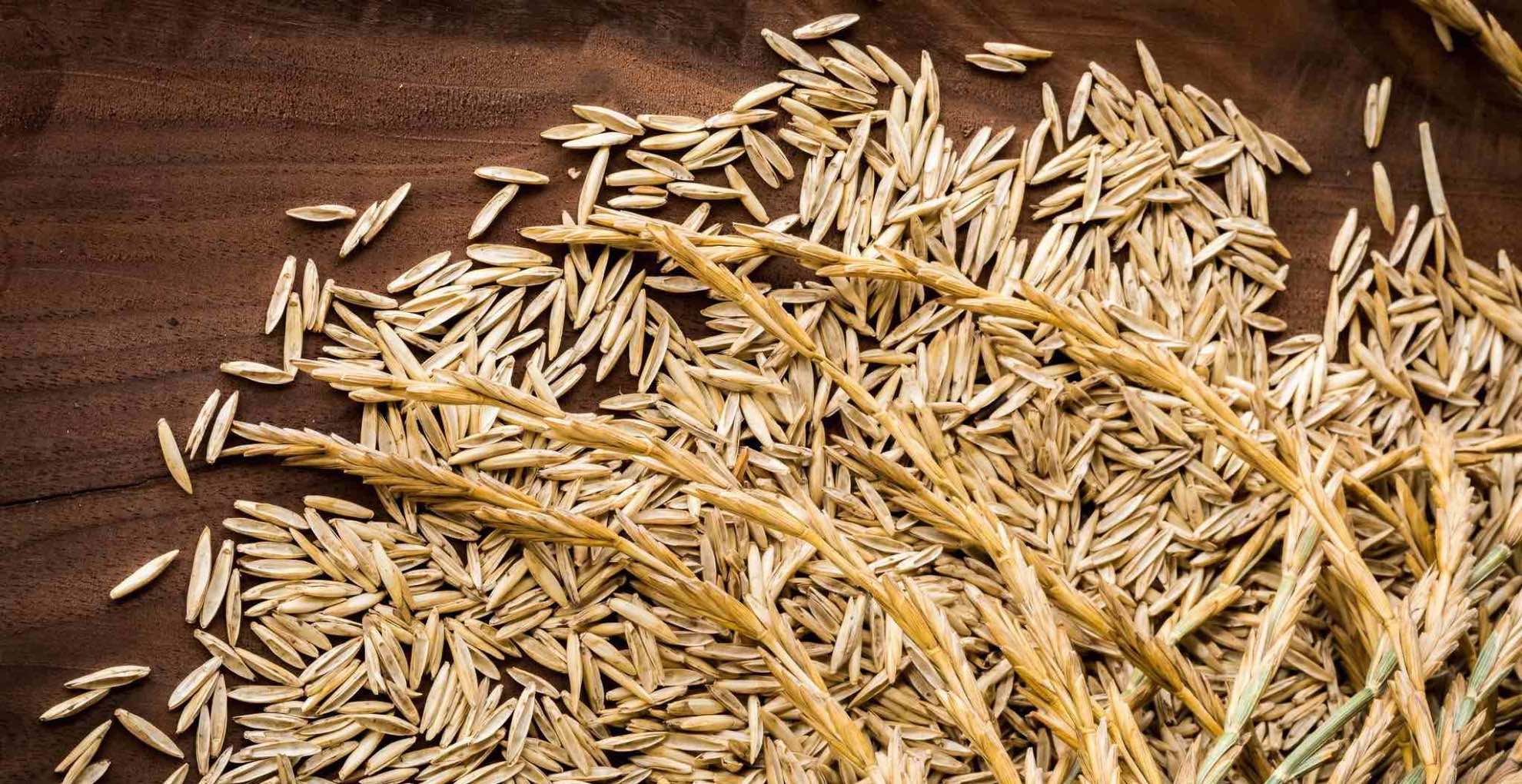How Hop Growers Are Adjusting to a Changing Climate
Whether you love lagers or extra-bitter IPAs, you love alpha acids and just don’t know it. These are the compounds in hops that impart that bitter taste, which can be subtle or intense, depending on the cultivar. For centuries, farmers who produce hops for traditional European beer making — particularly in Germany, the Czech Republic, and Slovenia — have honed that alpha acid content. More recently, farmers in the Pacific Northwest of the U.S. have done their own honing, producing hops with the characteristic aromas that make West Coast IPAs citrusy and juicy.
But now, climate change is seriously mucking with hops. Droughts and extreme heat have already reduced yields, as well as the alpha acid content of hops grown in Europe. And new modeling, published this month in Nature Communications, estimates that by the year 2050, Europe’s hop growers will see a further 4 to 18 percent drop in yields and a 20 to 31 percent drop in alpha acid content. “What we are seeing under climate change is a combination of more droughts that will affect the yield of the plants, unless irrigation is supplemented,” says bioclimatologist Mirek Trnka of the Czech Academy of Sciences, a coauthor of the new paper. “At the same time, higher temperatures are not conducive to high alpha acid content.”
This story was originally published by Wired and is reproduced here as part of the Climate Desk collaboration.
Lower yields and a drop in acid content could become a compounding threat, says Oregon State University hop chemist and brewing scientist Tom Shellhammer, who wasn’t involved in the new paper. If the hops are harvested with 30 percent less alpha acid content, “that means you need to use 30 percent or more of that hop,” says Shellhammer. “If the actual yield that has been produced on the farm is down,” he adds “then there’s just less of it available within the industry. So the brewery would have to use more of it. That then creates a supply issue.”
Generally speaking, brewers and farmers — be it for hops, barley, or malt — are still parsing how a changing climate is changing beer. There are overlapping factors. In addition to rising global temperatures and fiercer droughts that cause water scarcity, there are more extreme heat waves, plus attendant problems like bigger wildfires that can spoil crops with smoke. (The wine industry is facing related issues with grape production.) “We still don’t properly understand the level of impact climate change could have, particularly on minor components that contribute to flavor,” says Glen Patrick Fox, who studies brewing and beer quality at the University of California, Davis. “This will be a case of the industry having to keep measuring things for quite a period of time to really understand how that will happen.”
Farmed on a trellis system, hop plants can tower 20 feet, producing the cones that give beer complex flavors and bitterness. But higher temperatures reduce alpha acid production in those cones. The reason isn’t yet clear, but it could be a consequence of them developing earlier in the season. In Europe, they now appear about three weeks earlier than they did in 1994. Higher temperatures are having a similar developmental speedup on cereal crops.
We still don’t properly understand the level of impact climate change could have, particularly on minor components that contribute to flavor.”
“They simply don’t have enough time to produce all the valuable chemicals — or in case of grain, prepare enough starch,” says Trnka. “That might be a mechanism for the hops, or there might be another mechanism that is associated with a particular biochemistry. But we don’t know that yet. It’s been fairly elusive.”
Meanwhile, because the plants are so large they have a lot of surface area that can lose water. As the planet warms and water gets more scarce in some regions, hop plants demand more irrigation. “If you don’t have water, of course, then the yield of the cones that you are harvesting suffers,” says Trnka.
That makes irrigation a key difference between production in the U.S. and in Europe. Despite Trnka’s forecast for Europe, hop agriculture in the often dry Pacific Northwest is thriving. Yields have remained stable for the past decade, thanks to steady water supplies, according to Maggie Elliot, science and communications director at the Hop Growers of America. “Since the area’s been settled for agriculture, we’ve always had irrigation,” says Elliot. “In the European Union, only about 20 percent of the hop supply is irrigated. And so that does make them more vulnerable to some of the aspects of the shifting climate in regards to precipitation.”
Hop farmers and brewers, though, aren’t about to let climate change ruin the world’s third-most-popular beverage. (It ranks after water and tea.) First, the beer industry hasn’t put all its hop cones in one basket. European growers provide hops for more traditional beers on that continent, but they also export the crop for brews in places like China and across Africa. (These “noble hops” provide the delicate bitterness of a pilsner.) In the Pacific Northwest, growers have bred more aromatic hops for fruity IPAs. In Australia, New Zealand, and South Africa, farmers are contributing their own hops to the global supply. All of which is to say: If one region struggles with lower yields and alpha acid content, other regions can compensate.
“If Europe is unable to produce enough hops for that industry there, you’ll start to see American growers grow more alpha hops to fill that void,” says Chuck Skypeck, technical brewing projects director at the Brewers Association, which promotes the U.S. craft brew industry. “Almost half the U.S. crop is exported at this point. A lot of that is those aroma hops for craft industries in other countries.” (One more potentially controversial option: A Bay Area biotech company is experimenting with genetically modified yeasts that can create hoppy flavor compounds for craft brewing without actual hops.)
Different regions are also exchanging hop breeding techniques to create the right bitterness and aroma profiles for a given style of beer, breeding new cultivars that are at once sufficiently bitter and drought-resistant. “In the United States, hop varieties like Cascade, Citra, and Vista have been selectively bred to thrive in arid climates, such as the Pacific Northwest,” says brewing scientist Scott Lafontaine, who studies hop quality at the University of Arkansas. “In Europe, similar efforts are underway to develop climate-resistant hop cultivars, such as incorporating Cascade traits into German varieties like Tango.”
One German standout, says Walter König, general manager of both the Society of Hop Research and the Bavarian Brewers Association, is the Herkules hop. “We can say these varieties — and especially the latest ones in the last three years — are highly adapted to the new climate,” König says. “They are much more resistant against diseases and need less pesticides and less nitrogen.” (Nitrogen is an essential nutrient for plants, one usually provided by fertilizer.)
In Germany, the trick is to maintain the quality and taste of legendary, long-brewed beers with dedicated fan bases. That’s in contrast to the craft brewers in the U.S., who have long experimented with new hop cultivars to create decidedly nontraditional beers. “We have these new varieties, and we are really well prepared,” König says. “The thing is that the brewers are not as fast as the hop breeders and the hop growers. Brewers, they don’t want to change anything in the recipes.”
Different regions are also exchanging hop breeding techniques to create the right bitterness and aroma profiles for a given style of beer, breeding new cultivars that are at once sufficiently bitter and drought-resistant.
That’s been shifting, though, especially over the past three years of brutally hot and dry summers. German brewers are doing more experiments with hop varieties that can meet the expectations of loyal consumers and thrive on a warming planet.
There’s also been “a massive uptake of irrigation,” especially in the Czech Republic, says Trnka, which is made possible because growers maintain long-term contracts with brewers. “So if they have a long-term contract, they can invest in a long-term vision. So there has been a quite profound investment in irrigation that helped stabilize the yields.” König adds that German hop growers are also drawing more water stored in reservoirs.
And as the technology gets cheaper, farms are experimenting with agrivoltaics, König says, shading the crops with solar panels. Although more research is required to make sure, for instance, that the panels don’t block wind flow among the plants, this could produce carbon-free energy and reduce water loss while ideally also growing better hops.
Maybe the future of hop production doesn’t have to be so bitter after all.
Matt Simon is a senior staff writer at Wired covering biology, robotics, and the environment. He’s the author, most recently, of “A Poison Like No Other: How Microplastics Corrupted Our Planet and Our Bodies.”











